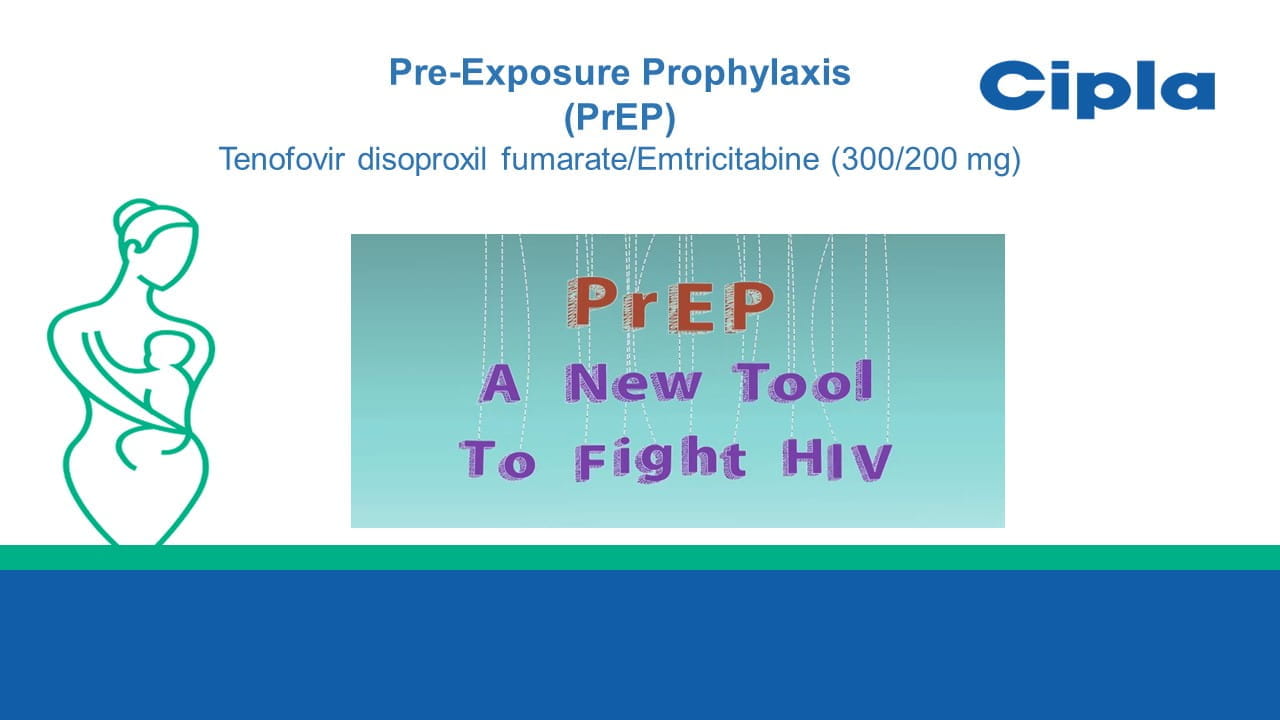Speaker: Vincent Muturi Kioi
The progress made in addressing Human Immunodeficiency Virus (HIV) remains significant, yet the virus continues to present a major public health threat globally. With 39 million individuals living with HIV and over 1.3 million new diagnoses each year, the issue remains a critical concern in many regions. Additionally, the mortality rate exceeds 600,000 annually, highlighting the persistent and urgent need for effective interventions. While assessing the path toward eliminating HIV as a public health threat, it was essential to consider various factors. Despite the advancements and the availability of new products, including long-acting prevention and biomedical interventions, the key question was whether the needs of all individuals affected by HIV were adequately addressed while seeking prevention interventions. Reviewing the published data on the elimination of Acquired Immunodeficiency Syndrome HIV/(AIDS) as a public health threat revealed that in high-burden areas with elevated incidence rates, not all districts of these countries received sufficient levels of preventive care. Additionally, the existing prevention products were not universally effective for all individuals who required them. For example, on-demand biomedical prevention products were not widely accessible to women at risk of HIV. Moreover, rising incidence rates in certain regions, particularly in Eastern Europe and Central Asia, were largely attributed to stigma and limited access for marginalized groups.
To eliminate HIV as a public health threat and the HIV pandemic, the development of an effective vaccine is crucial. Over the past 30 years, nine phase II and III efficacy trials were conducted worldwide, none of which met the success criteria necessary for adoption into public health programs. Reflecting on the approaches taken, it became evident that new strategies were required to generate different immune responses to achieve a safe and efficacious vaccine. Previous trials had failed to induce broadly neutralizing antibody responses or effective CD8 killer T-cell responses. Current vaccine development efforts are focused on eliciting both cross-neutralizing antibody responses and effective killer T-cell responses and combining these immune mechanisms to create a successful vaccine. Observational studies such as the International Research Vaccine Initiative (IRV) Protocol C and Protocol G conducted nearly two decades ago led to the identification of broadly neutralizing antibodies in untreated individuals living with HIV. The discovery paved the way for developing immunogens designed to elicit similar antibody responses before exposure to HIV. The current model involves transitioning from discovering these antibodies to designing immunogens, testing them in animal models, and then advancing to clinical trials to evaluate their efficacy in humans.
Several strategies aimed to elicit the desired immune responses, including using native envelope trimers (ENV) that mimic HIV's natural surface proteins and targeting naïve B cells to stimulate neutralizing antibodies. A significant focus was on a germline targeting strategy, where the study focused on host-virus interactions to design immunogens that could induce broadly neutralizing antibodies in uninfected individuals. Efforts also concentrated on developing vaccines to stimulate killer T cells that are effective against HIV. Natural infection produced vigorous T-cell responses, but the virus often escaped these. Vaccination aimed to create more effective killer T cells with broad activity against various HIV strains and prevent escape mutations. Many vaccines in development target subdominant viral parts, which are less prone to mutation without losing fitness. Several of these vaccines progressed into clinical trials, with iterative adjustments based on trial outcomes. The goal was to rapidly refine vaccine candidates through discovery medicine trials and subsequent phases of clinical trials, including phases one, two, and three. The ultimate objective was to develop a combination vaccine regimen to induce robust immune responses targeting HIV envelope proteins and infected cells.
Developing a safe and effective HIV vaccine is crucial to ending HIV as a public health threat. Current approaches focus on designing immunogens and vaccines that elicit specific protective responses. These strategies aim to advance only the most promising regimens to later stages of development, ensuring that each step builds on the best possible outcomes. Efforts also emphasize translating scientific advancements into clear, comprehensible messages that enhance scientific literacy and understanding within the community. It ensures that the broader public can appreciate the significance of these developments and support ongoing study efforts.
The 25th International AIDS conference (AIDS 2024). 22nd -26th July, Munich, Germany




